
Understanding Laser RTK Technology in AR Environments Core Principles of Laser RTK Positioning Laser RTK or Real-Time Kinematic tech changes the game for positioning because it combines super accurate satellite data with corrections from ground sta...
VIEW MORE
Essential GNSS Receiver Maintenance Practices Routine Cleaning and Inspection Protocols Keeping GNSS receiver signals intact needs proper cleaning and checking routines. When dust and dirt build up over time, it really messes with signal quality. T...
VIEW MORE
Enhanced Positioning Accuracy with Multi-Frequency GNSS Dual frequency GNSS systems really help cut down those pesky ionospheric delays that mess with positioning accuracy so much. When they work with both L1 and L2 signals, we see about a 30% boos...
VIEW MORE
Understanding GNSS Receiver Setup Fundamentals Choosing the Right Environment for Installation Getting good results from a GNSS receiver starts with picking the right spot for installation. Open spaces where the sky is mostly visible work best beca...
VIEW MORE
Understanding GNSS Receiver Requirements for Surveying For anyone involved in survey work, knowing what makes a good GNSS receiver isn't just helpful it's pretty much mandatory nowadays. The tech world keeps changing so fast that even seasoned pros...
VIEW MORE
Understanding Theodolite Calibration Fundamentals Why Theodolite Calibration is Critical for Surveying Accuracy Getting theodolites properly calibrated matters a lot when it comes to accurate survey work because this affects how trustworthy the fin...
VIEW MORE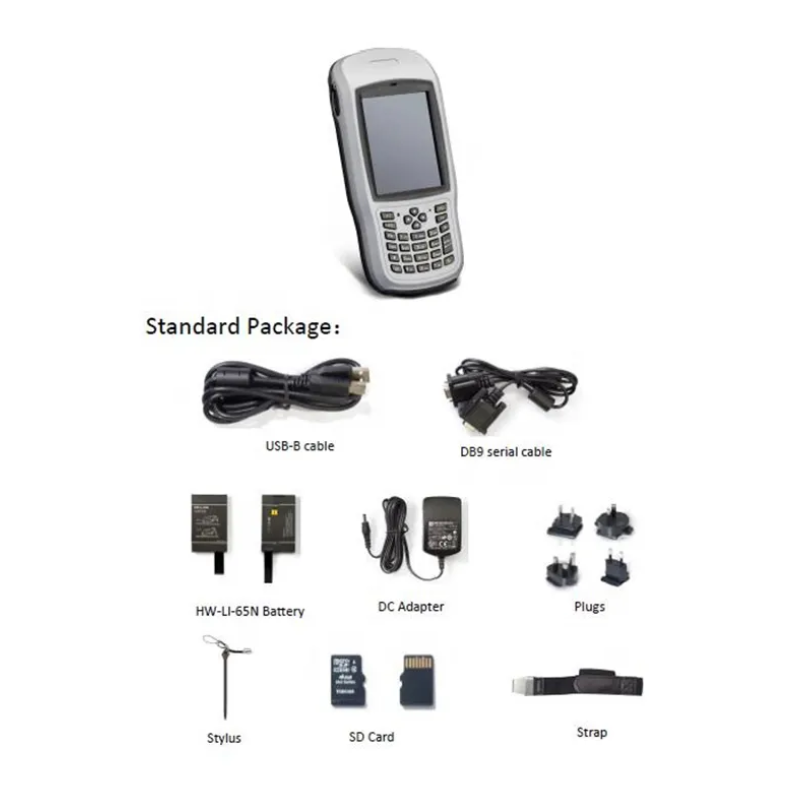
Understanding the Role of GIS Data Collection In many industries, accurate information is the foundation of effective decision-making. GIS data collection plays a central role in gathering, organizing, and managing spatial information that directly ...
VIEW MORE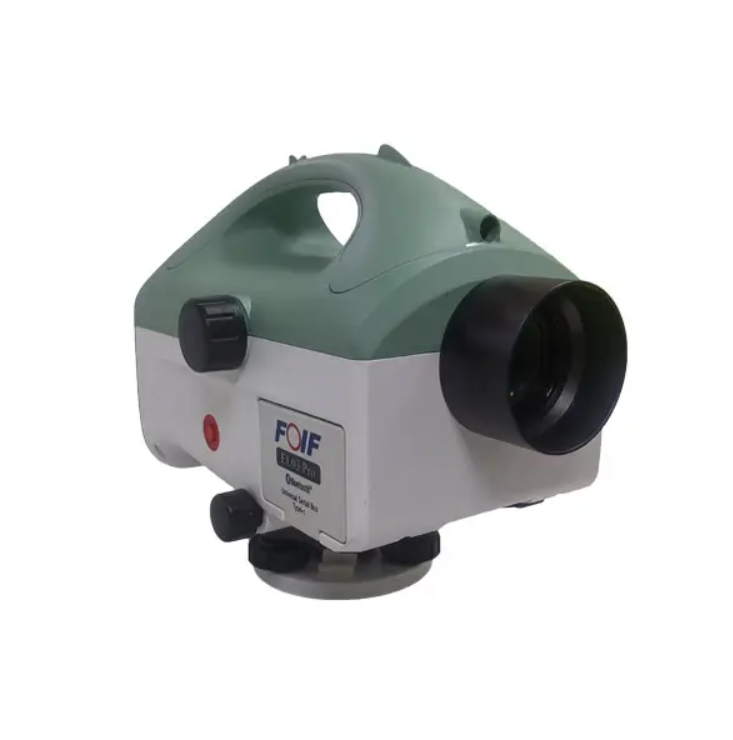
Understanding Digital Levels and Their Advantages How Digital Levels Work Compared to Bubble Tools The digital spirit level has some advantages over a common bubble level which only uses bubles to measure angle and slope. These electronic senso...
VIEW MORE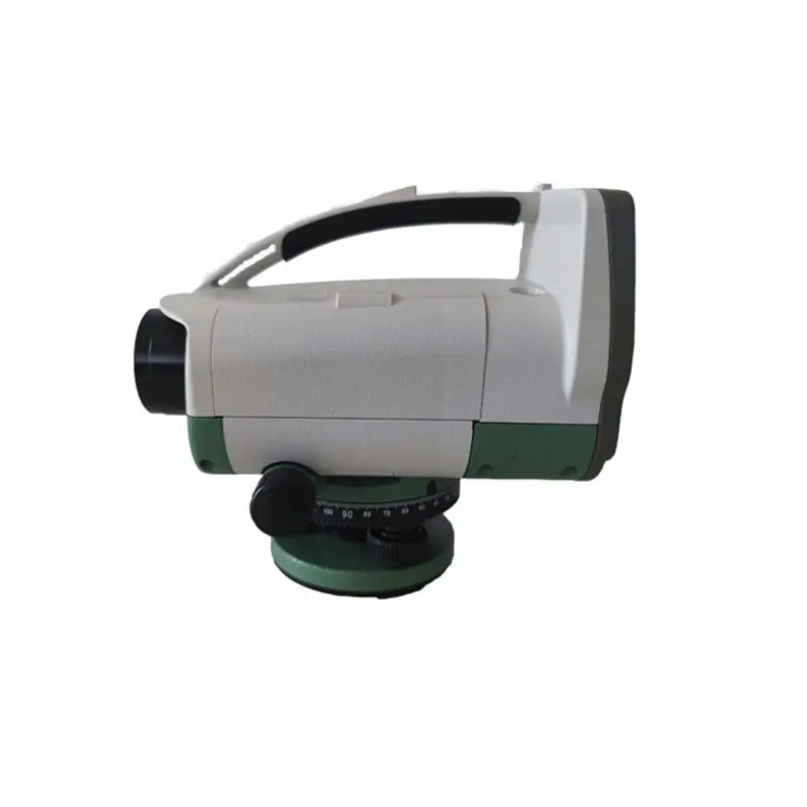
Core Features Defining Modern Digital Levels Accuracy and Precision Standards for 2025 Digital levels up to 2025 must comply with the standard accuracy of high-level measurement, which is the accuracy of ±0.01degree. High accuracy is&ens...
VIEW MORE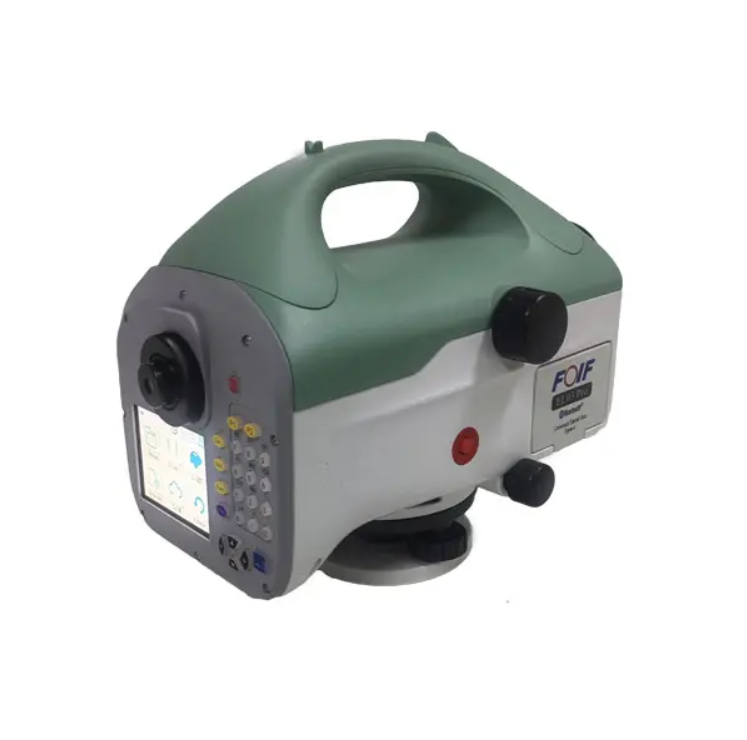
Digital vs. Traditional Levels: A Direct Comparison Accuracy Showdown: Eliminating Human Error Digital levels cut down on mistakes made by humans because they use electronic sensors and make automatic corrections. Traditional bubble levels just don...
VIEW MORE
Understanding GIS Data Collection in Fieldwork Core Components of GIS Data Collection Systems When looking towards the fieldwork, collecting GIS data systems are very crucial, they consist of number of mandatory hardware. These systems consist ...
VIEW MORE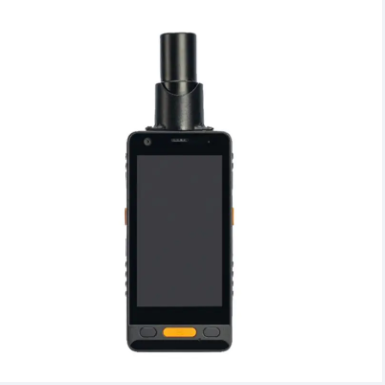
Understanding Laser RTK and GNSS Technologies What is Laser RTK? Laser RTK, short for Real Time Kinematic, represents a breakthrough in positioning tech that uses laser signals to get incredibly accurate readings during surveys. Traditional surveyi...
VIEW MORE